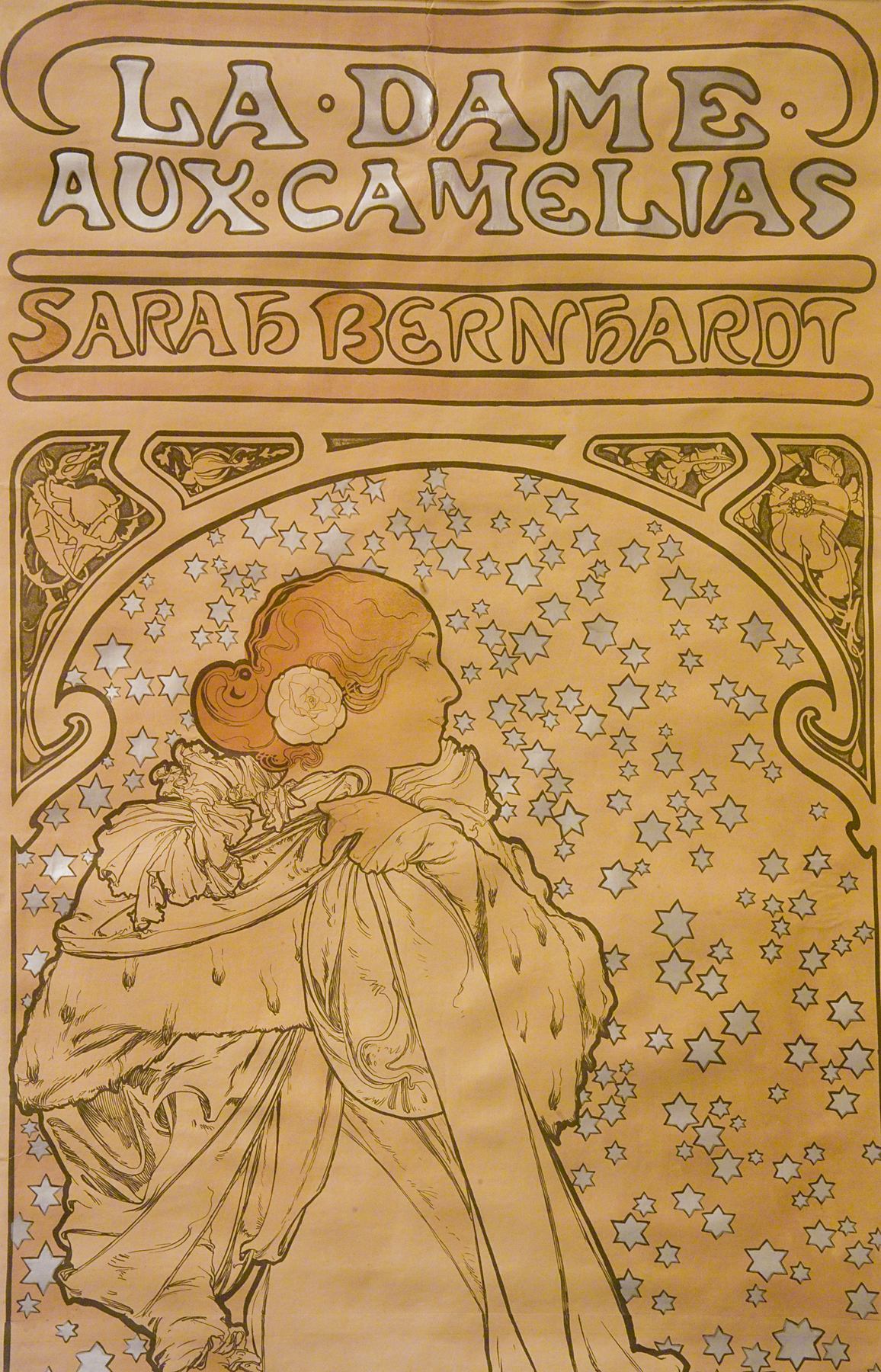La Dame aux Camélias (Variant 1), Alphonse Mucha
Artwork Overview
Alphonse Mucha, artist
1860–1939
La Dame aux Camélias (Variant 1),
1896
Where object was made: France
Material/technique: color lithograph
Dimensions:
Sheet/Paper Dimensions (Height x Width): 2060 x 760 mm
Sheet/Paper Dimensions (Height x Width): 81 1/8 x 29 15/16 in
Image Dimensions Height/Width (Height x Width): 2060 x 750 mm
Image Dimensions Height/Width (Height x Width): 81 1/8 x 29 15/16 in
Frame Dimensions (Height x Width x Depth): 90 1/2 x 38 3/4 x 2 1/4 in
Weight (Weight): 46 lbs
Sheet/Paper Dimensions (Height x Width): 2060 x 760 mm
Sheet/Paper Dimensions (Height x Width): 81 1/8 x 29 15/16 in
Image Dimensions Height/Width (Height x Width): 2060 x 750 mm
Image Dimensions Height/Width (Height x Width): 81 1/8 x 29 15/16 in
Frame Dimensions (Height x Width x Depth): 90 1/2 x 38 3/4 x 2 1/4 in
Weight (Weight): 46 lbs
Credit line: Anonymous gift
Accession number: 2005.0087
Not on display
If you wish to reproduce this image, please submit an image request

